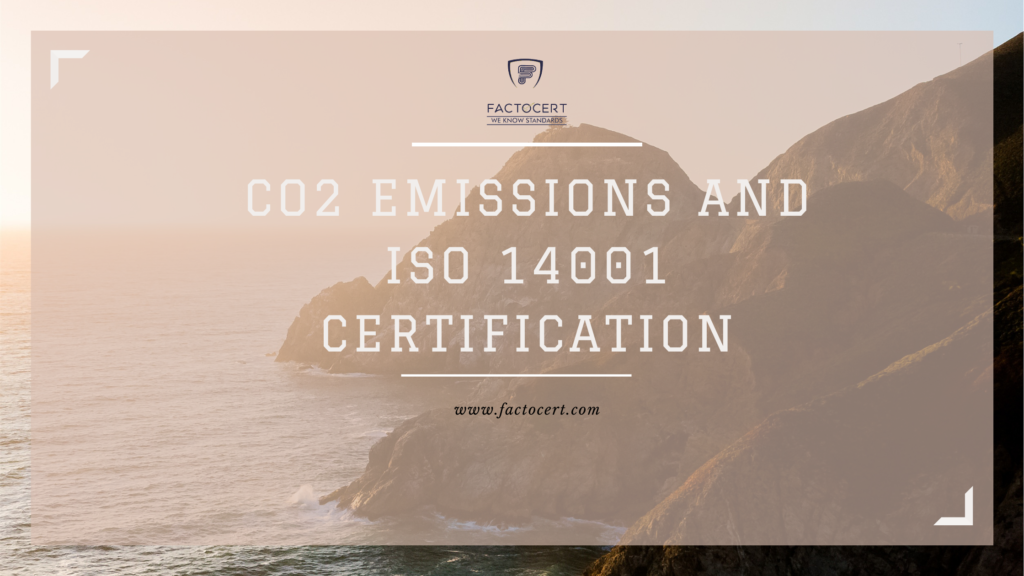250+ years now. Humans have been burning coal, oil, and gas for energy fossil energy sources are prehistoric woods. Millions of years of stored solar energy exploitation of fossil fuels made the Industrial Revolution possible and have been providing us with continuous economic growth and technological progress. This development has been causing threatening changes to our climate.
The massive effects of which we are only just beginning to experience by burning coal, oil, or gas carbon dioxide, also known as CO2, is released into the atmosphere. To this day, CO2 emissions have been increasing dramatically. This is because up until now, economic growth has also meant the increasing use of fossil fuels. In just 250 years, a very short period compared to the Earth’s history. Humans have increased the quantity of CO2 in the atmosphere by around 40%.
This is an alarming amount bringing us to levels last seen on Earth 4 million years ago, the consequence is increasing warming of the Earth’s atmosphere. Since 1750, the temperature on Earth has increased on average by one degree Celsius. If we continue like this the CO2 content in the atmosphere will double. If not triple in the next 100 years. The earth will then heat up by a further three to four degrees. To stop this mankind must put an end to releasing CO2 and other heat-trapping gases.
CO2 accumulates in the atmosphere and ISO 14001:
This means the quicker we stop emitting CO2, the low of the future warming will be. If we do not act, there will be serious consequences for the weather today, we are observing global effects such as shifting vegetation zones, rising sea levels, and extending periods of changing weather. Should climate change proceed relentlessly, it could lead to heavy economic losses, social disturbance, and migration of people across the world. We are facing a global challenge.
All countries have the responsibility to reduce their CO2 emissions worldwide climate policy is crucial and not just a matter for industrialized countries. Nevertheless, the US, China, and Europe are currently, the biggest emitters of CO2 in the world must lead by example.
The 2015 UN climate conference in Paris was a breakthrough in international climate policy. 195 states that committed themselves to protect the climate have to reduce emissions step by step. The goal of the agreement reached in Paris is an emission-free society in Paris, it was agreed to keep global warming to well below two degrees Celsius. This means that humankind has less than half of the amount of CO2 left to release compared to the amount it already put into the atmosphere our emissions budget is limited.
The Paris Agreement permits industrialized countries to help developing countries like the Philippines reduce their emissions through the adoption of ISO 14001 certification in the Philippines and adapt to climate change. Good climate policymaking means striking a balance between competing interests, acting cooperatively, and sharing innovative concepts and ideas.
The Paris Agreement can only be successful. If it creates incentives for countries to commit, ambitious action, rather than wait for others to act. This is why some countries must lead in ambition and implementation of ISO 14001 Germany and the European Union, aim to be leaders by example. 76% of all greenhouse gases stem from energy production and juice. That’s why they use of fossil fuels, especially coal combustion must be reduced as soon as possible. This means shifting to renewable energy sources, but also the residual emissions from agriculture. Heavy Industry aviation and shipping need to be neutralized in the long term.





